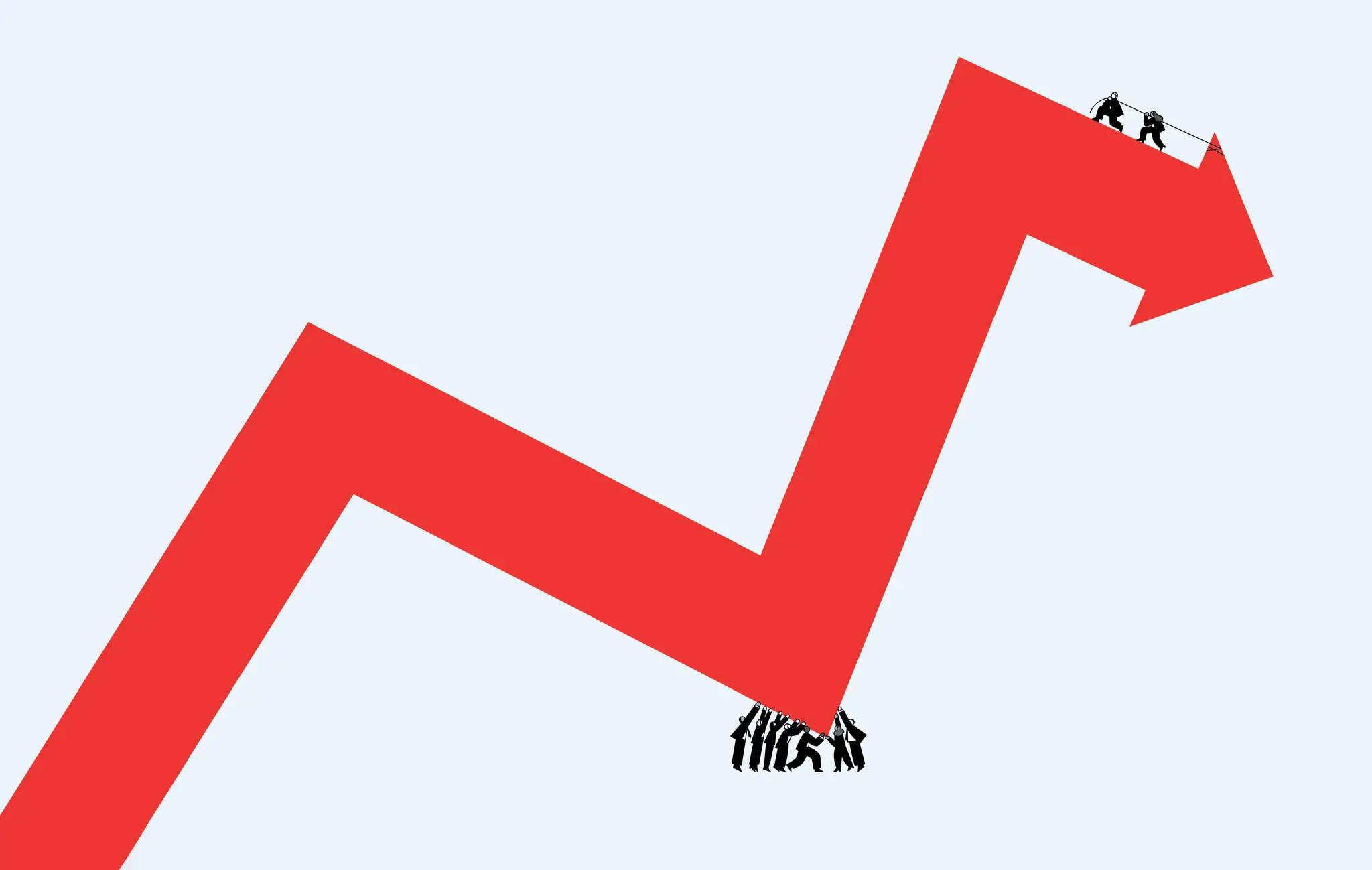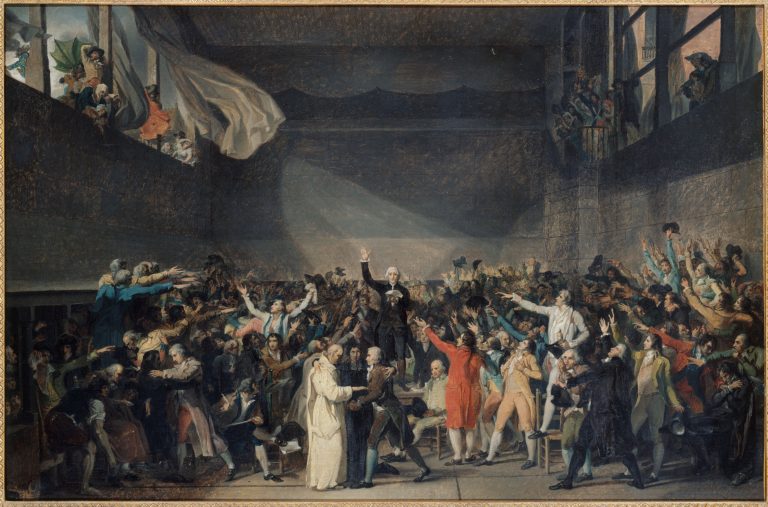During the course of the past week, global markets were in a state of deep panic. With concurring breaking news of new levels of anxiety amongst the investors—and of course peddled by the vivid media—that the United States may be entering a phase of recession—a tale told plethora of times, to no avail, especially since 2022.
The current event is once again in tandem with the same saga of fearmongering—to create further havoc and distress in a period when most investors are enjoying their holiday, commonly referred to as “summer doldrums.”.
A blowout was caused by the inculcation of multiple negative economic and financial prospects.
Disappointing U.S. economic data: the United States reported worse-than-expected unemployment figures. The latest figures invoked the so-called Sahm Rule, which states that if the unemployment rate rises more than half a percentage point within a one-year period, the United States is in a recession.
The Sahm Rule was the fundamental cause of the downfall in the S&P 500, plummeting 3%—its worst performance in the past 18 months.
However, as I said, it was caused by the “inculcation of multiple negative economic and financial prospects”—other factors industrialized outside the American financial system.
I will not be going into detail pertaining to those factors; one is the focal point.
It was the BOJ’s signal to potentially raise their interest rate; this move dissatisfied investors as it would deny them the ability to borrow cheaply in yen to invest in higher-yielding assets.
Due to this, the Nikkei dropped 12.4%.
Keeping the stock crash of the past week aside, hysterically, all these markets had a positive rebound, making it imperative to not read too much into these markets, which are typically driven by emotions rather than tangible reasoning.
I am no expert in the workings of the market and have no interest in being one.
However, a pivotal question must be answered: does the buy and sell of the market really illustrate the economy in a viable manner? – Does the media put too much onus on these indexes and deviate the public to have a negative connotation pertaining to their livelihood?
Stock prices only illustrate the confidence investors have in profit-making firms, while macro-economic indicators serve as a prudent mechanism to digest the realities of the day.
Taking the United States as an example, it is always propagated countless times that it will fall into recession—or is in a recessionary phase. I can vividly recall the numerous calls over the past year.
The US has defied in the past, and it will defy this time too.
Rather than lollygagging, I would rather throw the data, the data, and simply the data.
First, the economy continues to grow, even with the impending higher interest rates and global economic weakness.
During the same time, the German and Japanese economies contracted; the former is the third largest economy in the world, and the latter is the fourth.
Is the American economy slowing?—it is contrary to that very notion.
IT IS GROWING.
Second, inflation is cooling; inflation is getting closer to the target set by the Fed of 2%. A welcome churn in after pessimism in terms of high prices, especially after the COVID-19 relief and the Inflation Reduction Act, which did play apart in increasing the domestic prices (its benefit will be mentioned in a subsequent point).
Yes, price gouging is an issue; it’s due to corporate greed, nothing less. Not due to “inflation.”.
Third, consumers are spending. People are spending at an all-time high. The high consumption pattern signifies that people have the capacity to spend on goods that are not necessarily necessities. This trend helps further empower firms, both small and large, and the record-breaking profits of the very Fortune 500 firms serve as the epitome of the existence of high consumer levels.
I acknowledge, so I may point out—how about consumer confidence? Yes, it deteriorated significantly due to the rise in global prices and inflation.
However, in the past few months, even the confidence of consumers has seen an uptick, attributable to a strong labor market, and the Fed’s monetary policy has been effective in curbing the inflation rate. On a side note, I hope they decrease the discount rate as soon as possible to decrease the cost of investment and drive up the economy even further. It is damn time.
Fourth, and lastly, long-term growth; credit should be acknowledged where it is due; the legislation of the current administration of Mr. Biden has effectively helped propel the United States in long-term development, especially by investing, investing, and plainly investing.
The two milestone legislations are the CHIPS Act and the Inflation Reduction Act (do not put impetus to their names.).
It will be counterintuitive to delve deep into these laws. Rather, knowing its crux is more judicious.
All in all, the CHIPS Act professes to boost semiconductor manufacturing in the U.S.—a key component that powers everything from laptops, phones, cars, data centers, and space ships—some used to say, “The winner of the semi-conductor race will be the winner of the overall superpower status.” It is needless to say that this utterance was before the release of ChatGPT; the new barometer need not be mentioned.
The monetary fund provided helps strengthen supply chains and promote the development of chips in the United States, an alternative manufacturing destination to Taiwan and South Korea, while curbing regulation through this act and, of course, pouring billions of dollars into the private sector. It ultimately convinced two big producers of this sort of technology—Samsung and Intel—to commit their long-term business projections to the United States.
What firm would deny these grants? Only a simpleton would.
While the CHIPS Act aims to win the technology prowess race, on the other hand, the Inflation Reduction Act—do not guess it from its name—ultimately gives a healthy boost to the decaying investment in the U.S.
Rather than boring you, I already must have. The details will be minimal.
The bill focuses mainly on decreasing healthcare costs, which are gargantuan in the U.S., investing in clean energy—basically future-proofing the economy—maybe Elon should answer his hypocrisy—oh, right, I forgot he is now less of a climate warrior than a cultural warrior. The acquisition of Twitter has diverted his mind from Tesla. Nevertheless, this bill did aim to lower inflation, but lo and behold, it did not.
Yes, there are positives behind the scenes; it is just that they may not reach your thought process; negativity has been accepted as the new norm rather than positives, sadly in all aspects, not only economics.
Before it is mentioned, there are issues in the economy, but it has been heard that cherry picking is not ideal.
Let’s once again be holistic. Not confined to a particular echo chamber.
I end this writing by reiterating my belief that the markets, in tandem with the media, spread fear, which need not be spread. Let’s bring some sanity and read the intricacies of economic data, which is not the most exciting but more fruitful, credible, and wise of your time than looking at numbers coded with the color green or red.






